How to Store a Classic Car Long-Term: 𝑻𝒉𝒆 𝑼𝒍𝒕𝒊𝒎𝒂𝒕𝒆 𝑮𝒖𝒊𝒅𝒆
- Get link
- X
- Other Apps
Classic cars aren’t just vehicles—they’re time capsules of design, engineering, and automotive history. Whether you own a vintage Mustang, a Porsche 911, or a rare Alfa Romeo, proper long-term storage is essential to preserve its value and condition. In this guide, we’ll walk you through step-by-step how to store your classic car long-term, protecting it from rust, degradation, and mechanical issues.
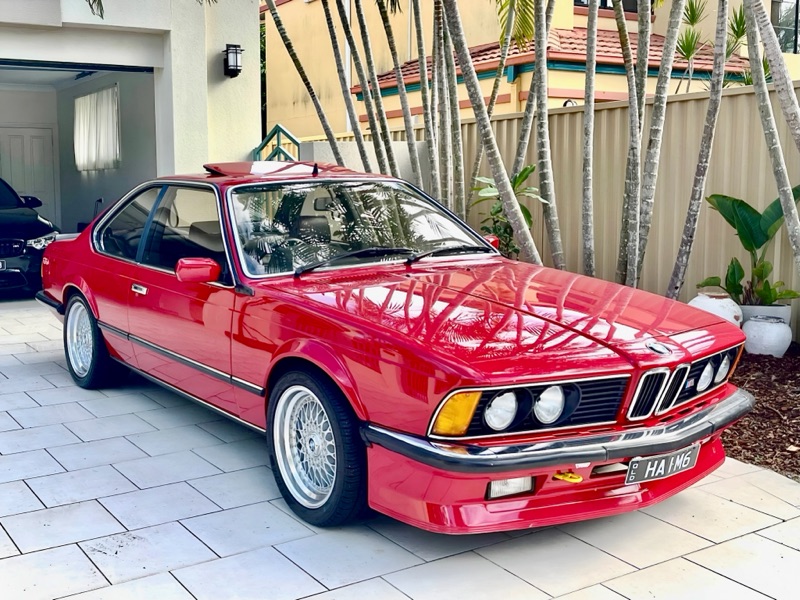
Why Proper Storage Matters
Classic cars are more vulnerable to environmental elements than modern vehicles. Moisture, temperature swings, and even rodents can wreak havoc on a vintage vehicle if it’s not stored correctly. A well-stored car can last decades in near-pristine condition, while a poorly stored one may suffer irreversible damage.
Step 1: Choose the Right Storage Location
Indoor Storage Is Ideal
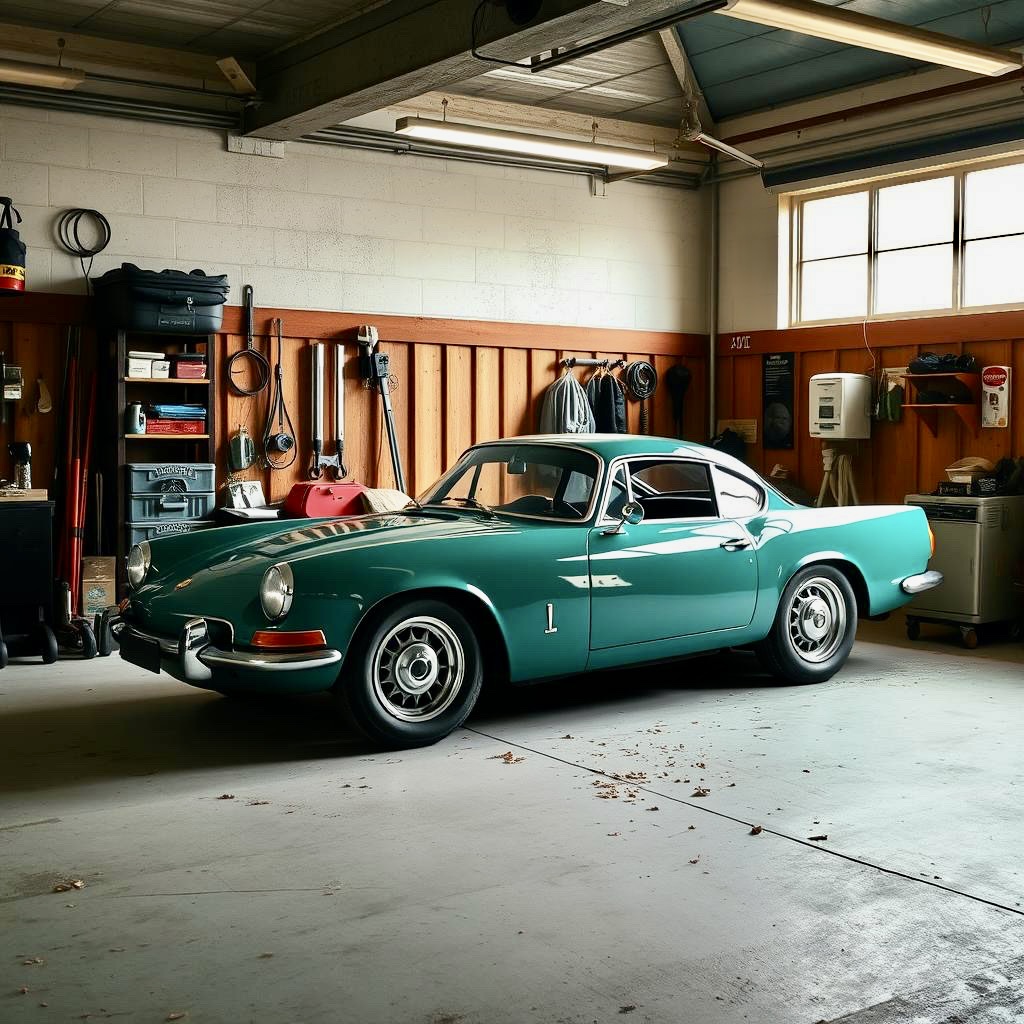
A climate-controlled garage is your best option. It protects your car from temperature extremes, UV rays, and humidity, all of which accelerate aging.
If you don’t have access to a climate-controlled garage:
- Use a well-ventilated garage with a dehumidifier.
- Avoid storing your car under trees, tarps, or plastic sheeting outdoors—these trap moisture.
Tip: Consider Professional Storage
If you own a high-value classic, a professional car storage facility with 24/7 monitoring, humidity control, and insurance options may be worth the investment.
Step 2: Clean the Car Thoroughly
Before storage, give your car a complete detailing job:
- Wash the exterior to remove dirt, bugs, and road grime.
- Wax the paint to create a protective barrier.
- Clean and condition the interior, especially leather and vinyl.
Pro Tip: Clean the undercarriage to remove salt and debris that could cause rust over time.
Step 3: Top Off Fluids
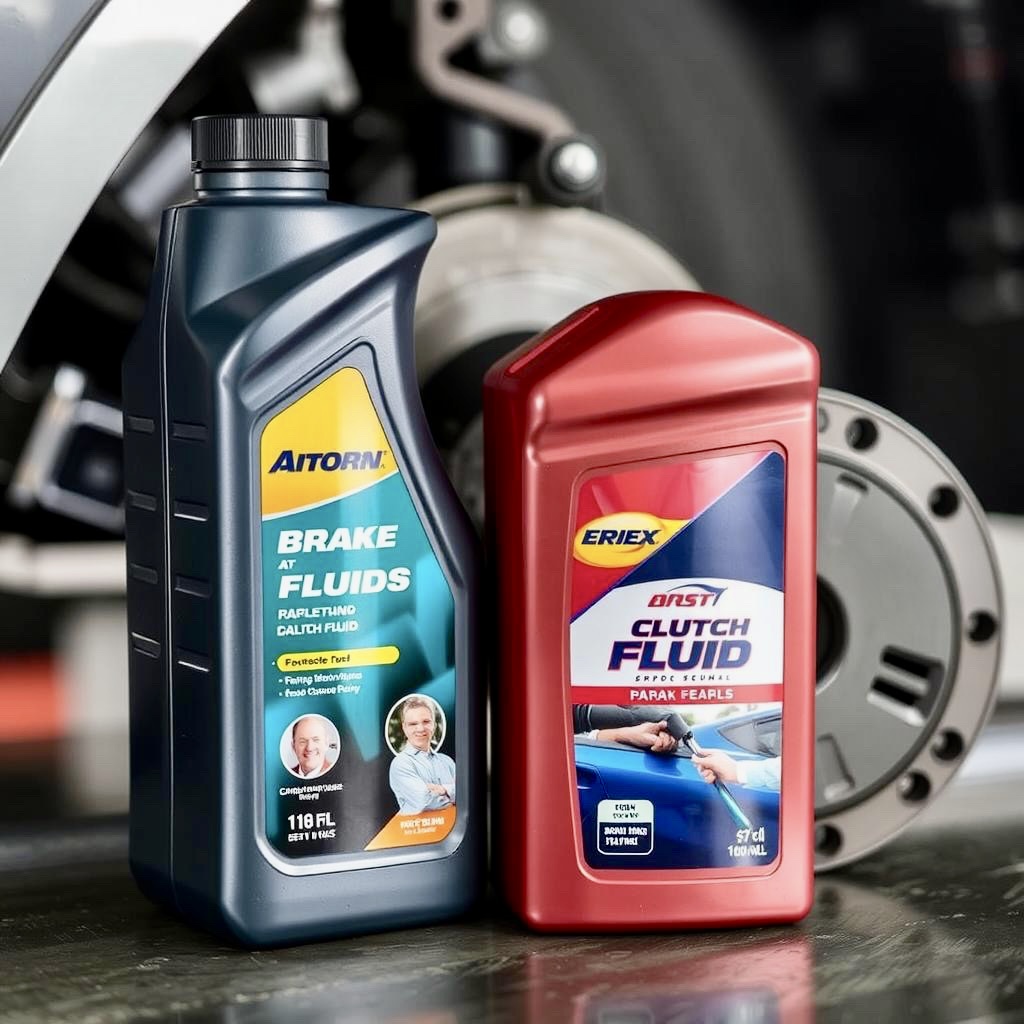
Your car’s fluids can deteriorate or attract moisture if left unchecked.
- Oil: Change the oil and filter. Old oil contains contaminants that can damage the engine.
- Coolant: Ensure the radiator is filled with the correct mix of antifreeze and water.
- Brake Fluid & Clutch Fluid: Top off if needed; consider flushing if it’s been a while.
- Fuel: Add a fuel stabilizer to prevent ethanol breakdown and corrosion. Fill the tank to avoid condensation.
Step 4: Battery Maintenance
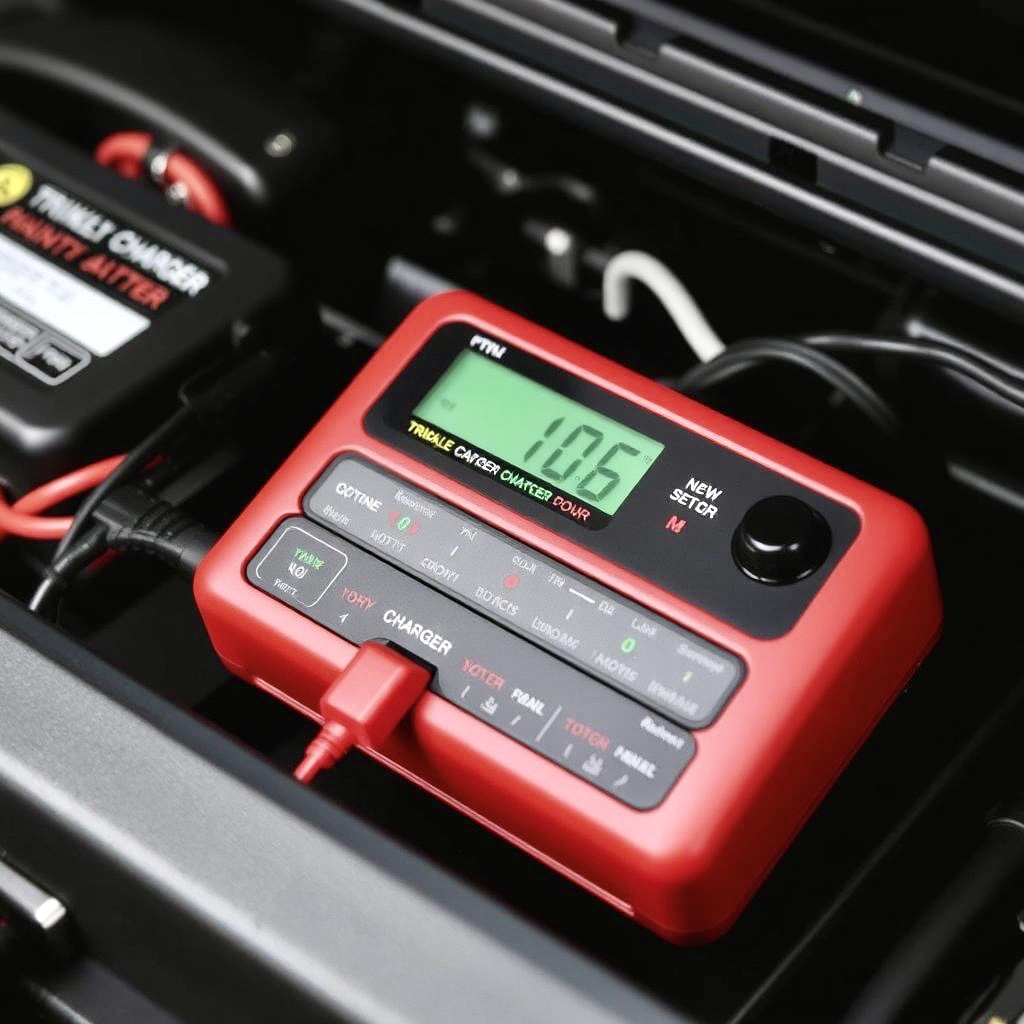
Batteries lose charge over time. You have two main options:
- Disconnect the battery and store it in a dry, cool place.
- Use a trickle charger or battery maintainer to keep it charged without overloading it.
Step 5: Protect Tires and Suspension
- Inflate tires to the recommended PSI to prevent flat spots.
- If storing longer than six months, consider using jack stands to take the weight off the suspension and tires.
- Don’t use bricks or cinder blocks—they can crack under weight and cause damage.
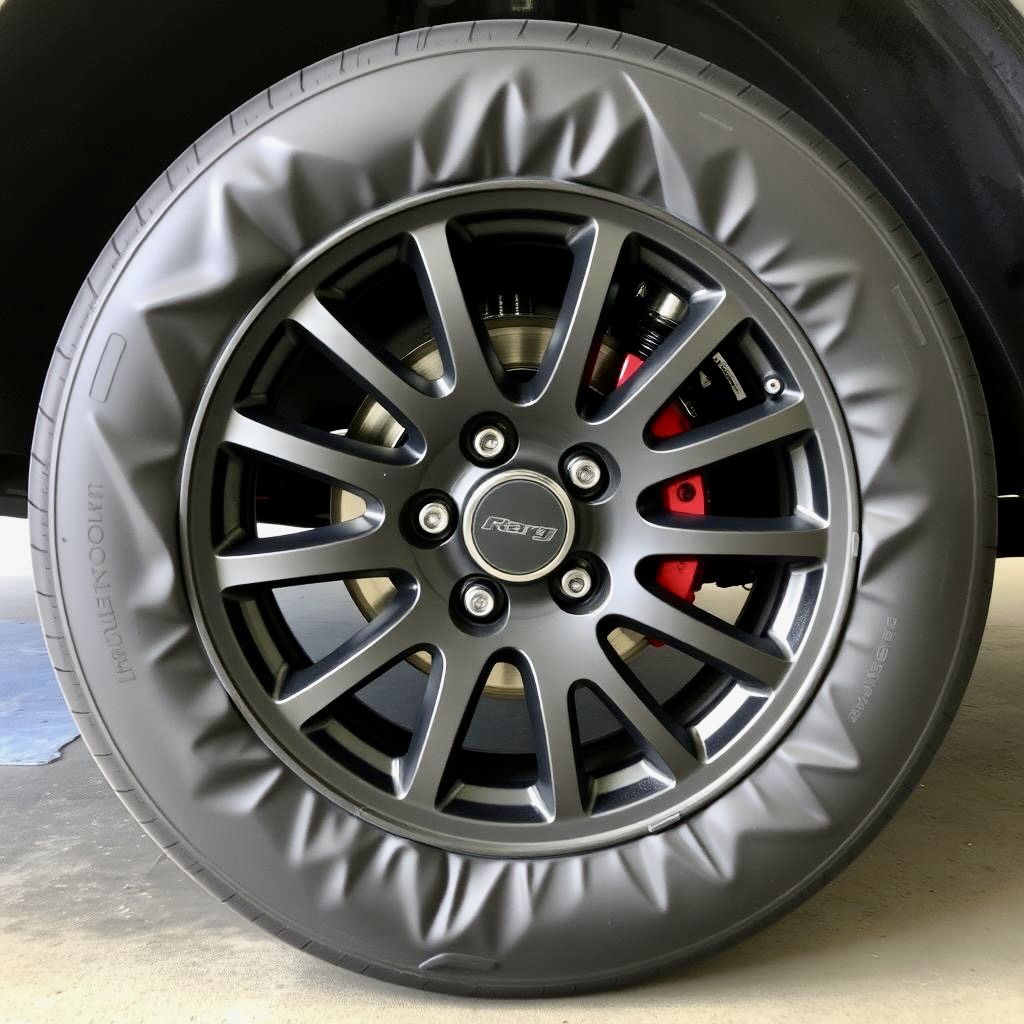
Step 6: Cover the Car Correctly
Use a breathable, indoor-rated car cover. Avoid plastic covers, which trap moisture and promote rust. A high-quality cotton or polyester cover will protect against dust and accidental scratches.
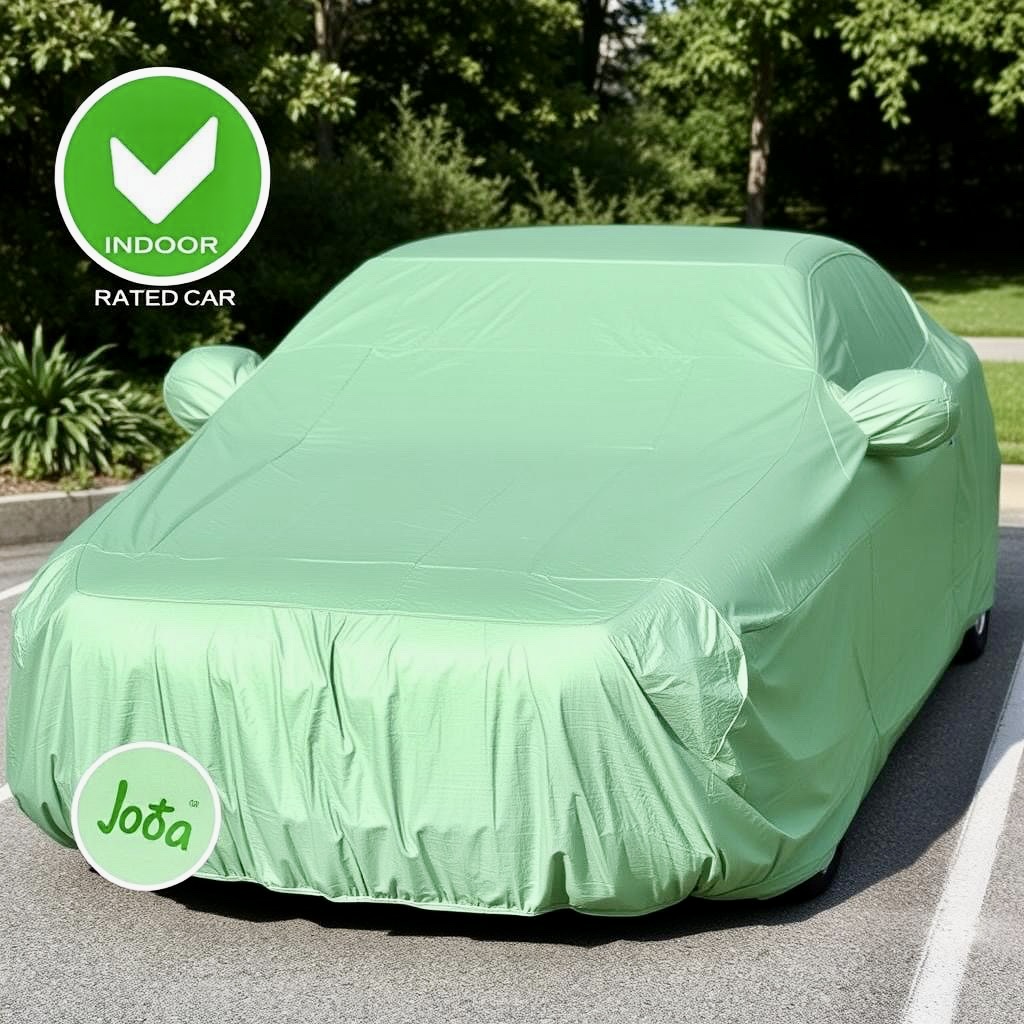
Step 7: Rodent and Pest Prevention
Mice and other pests love nesting in classic cars. Protect your ride:
- Place dryer sheets, cedar blocks, or mothballs around the car (not inside the engine bay).
- Seal tailpipes and air intakes with steel wool or aluminum foil.
- Lay traps around the storage area as a precaution.
Step 8: Final Precautions Before Leaving It
- Release the parking brake to avoid sticking; use wheel chocks instead.
- Leave windows slightly cracked for airflow (only if in a secured indoor space).
- Note the mileage and condition before storage for reference.
Periodic Checks (If Possible)
Even in long-term storage, it’s smart to check on your car every 30–60 days:
- Inspect for leaks or pests.
- Turn the engine over briefly (if safe to do so).
- Roll the tires a few inches to prevent flat spots.
Final Thoughts
Storing a classic car long-term is more than just parking it and walking away. With careful preparation, you can ensure your classic remains in peak condition, ready to roar back to life when the time is right.
Your classic car deserves better than a dusty garage—treat it like the rolling art it is.
- Get link
- X
- Other Apps
Comments
Post a Comment